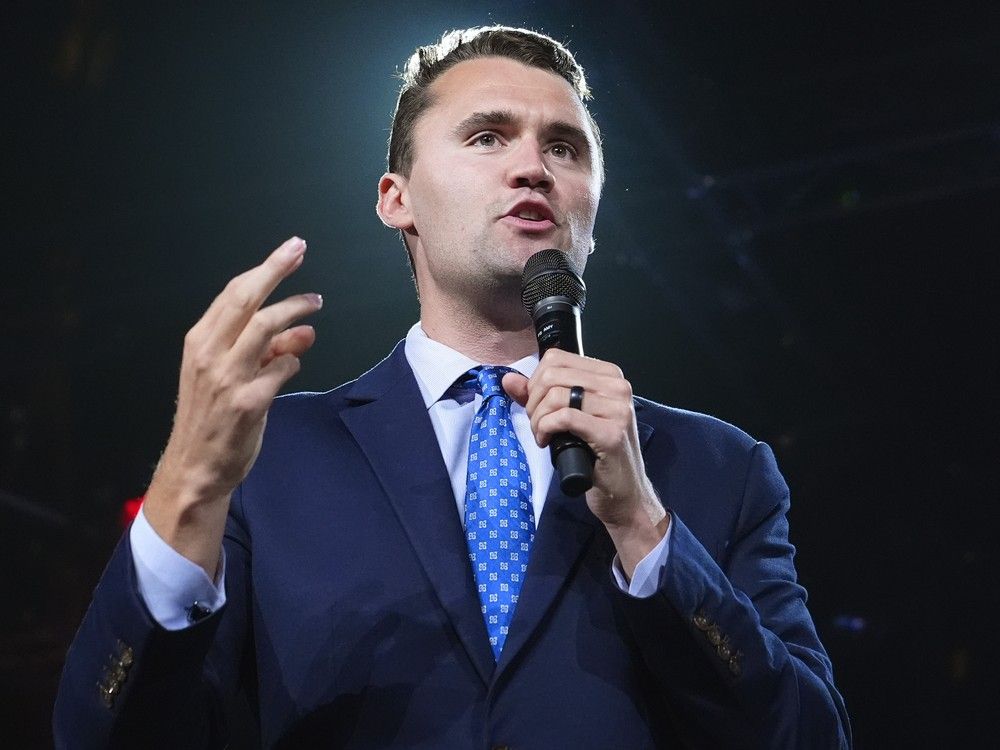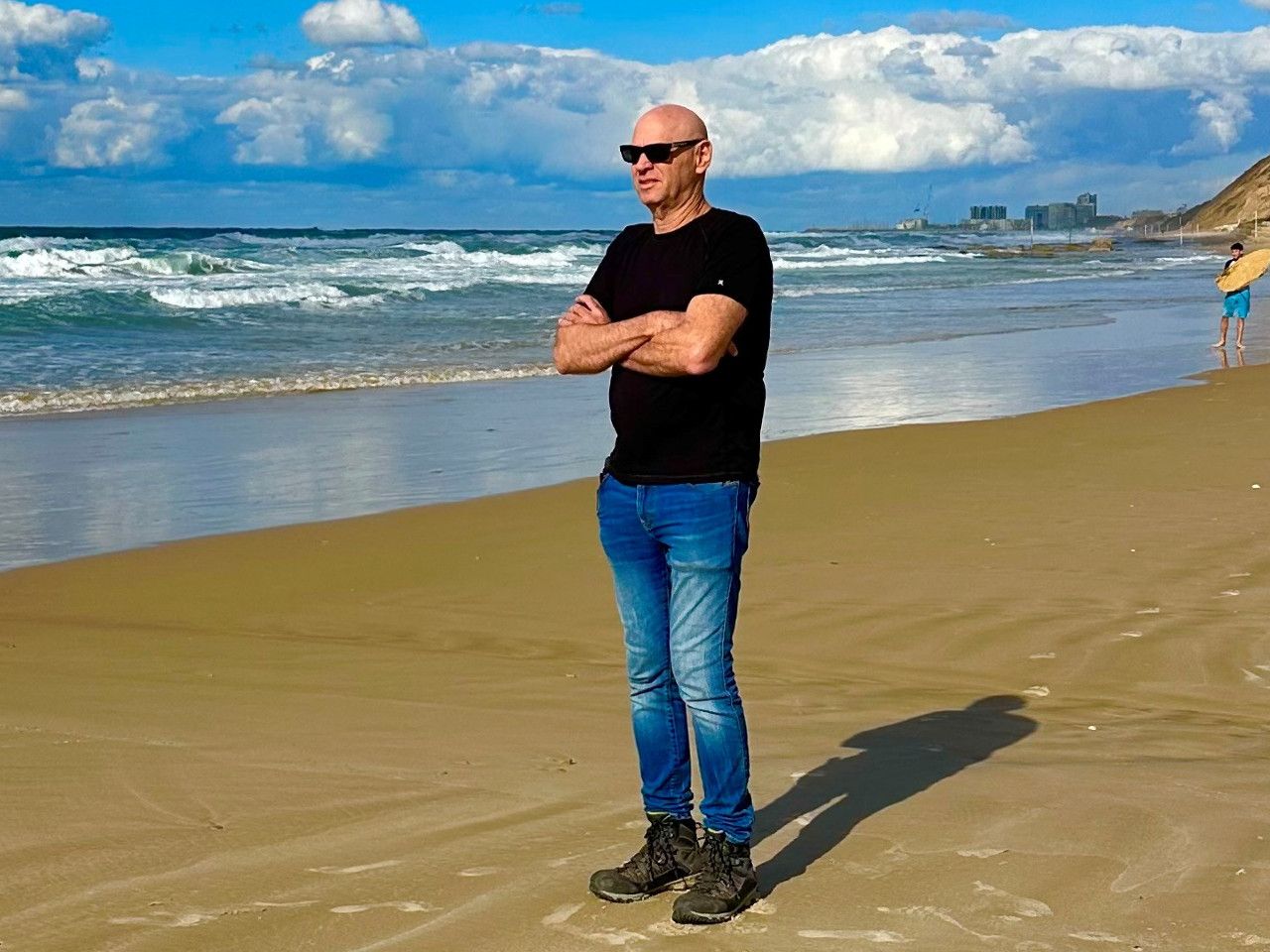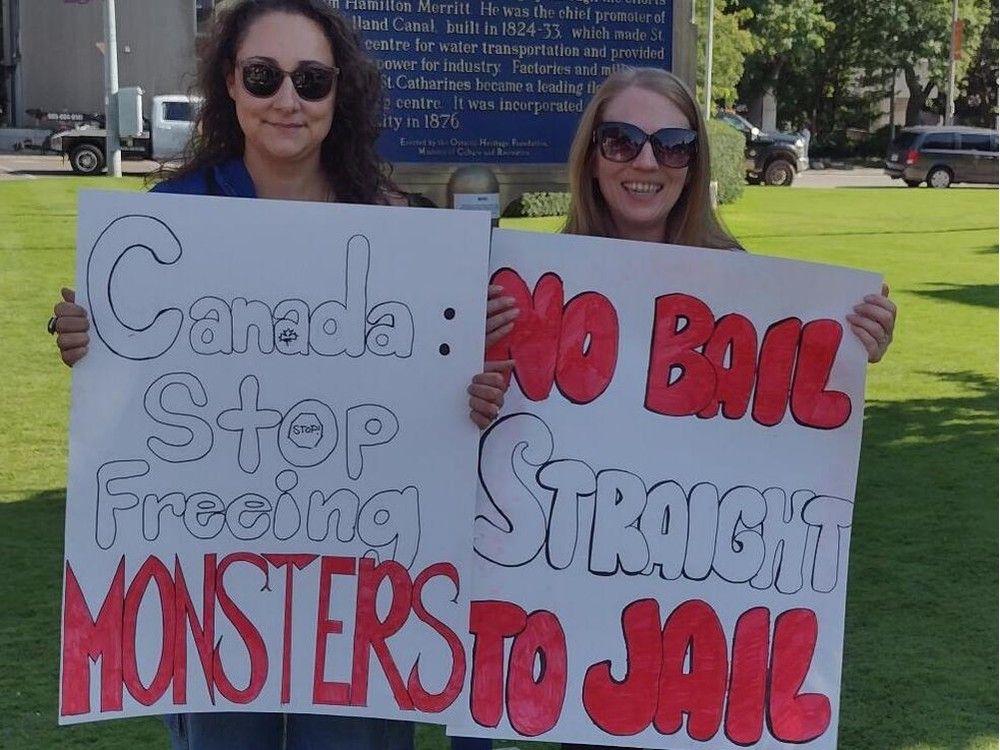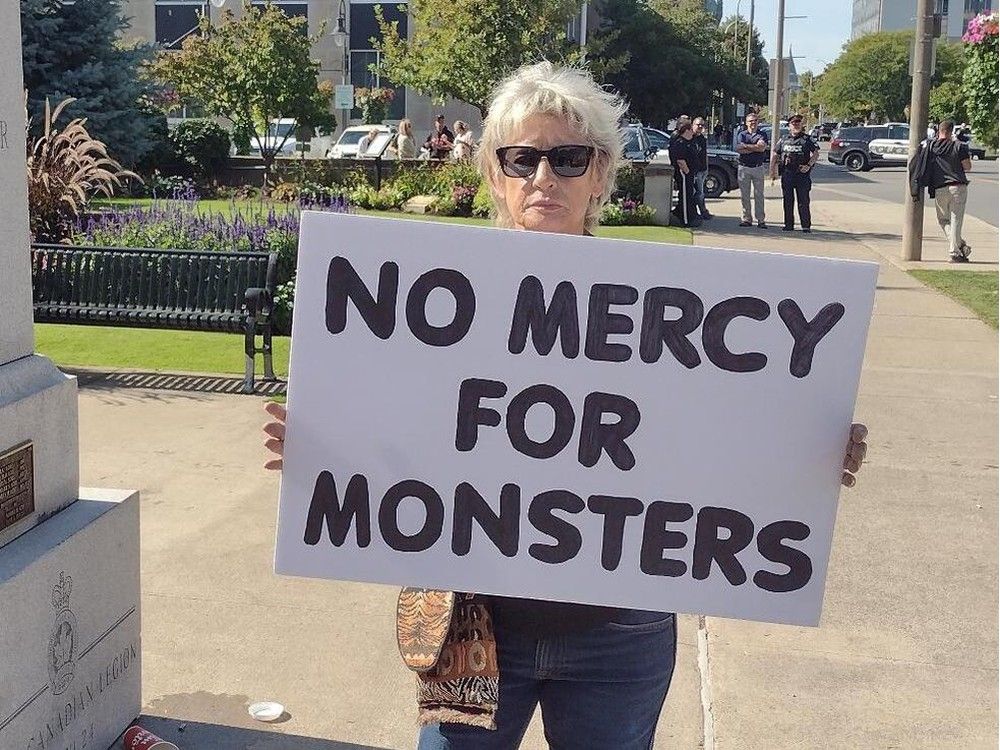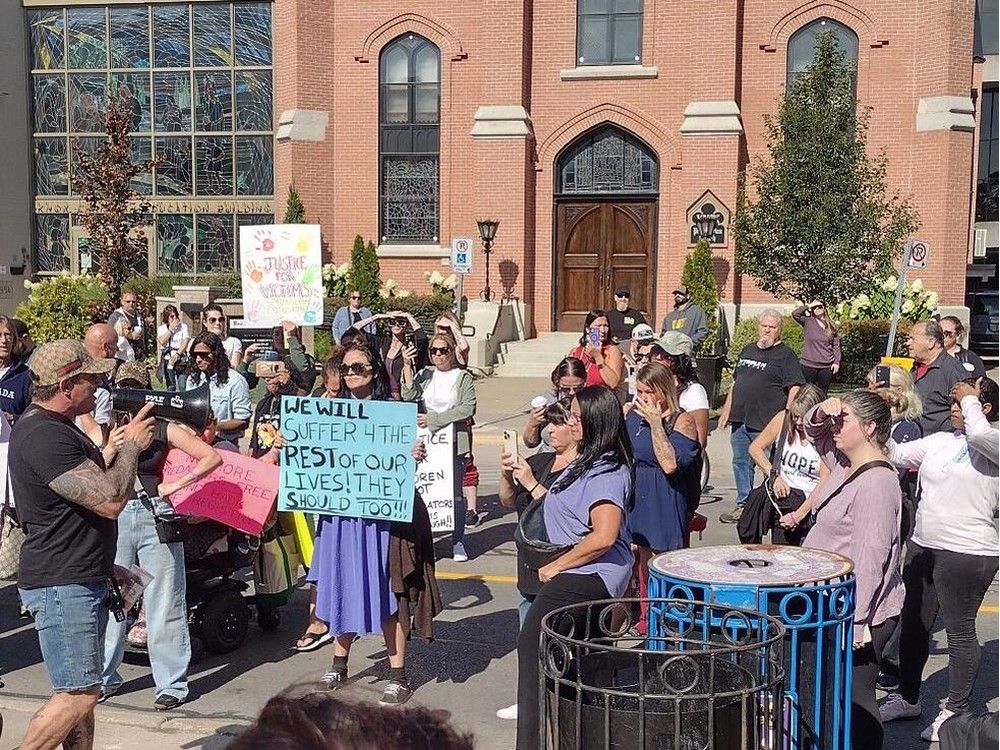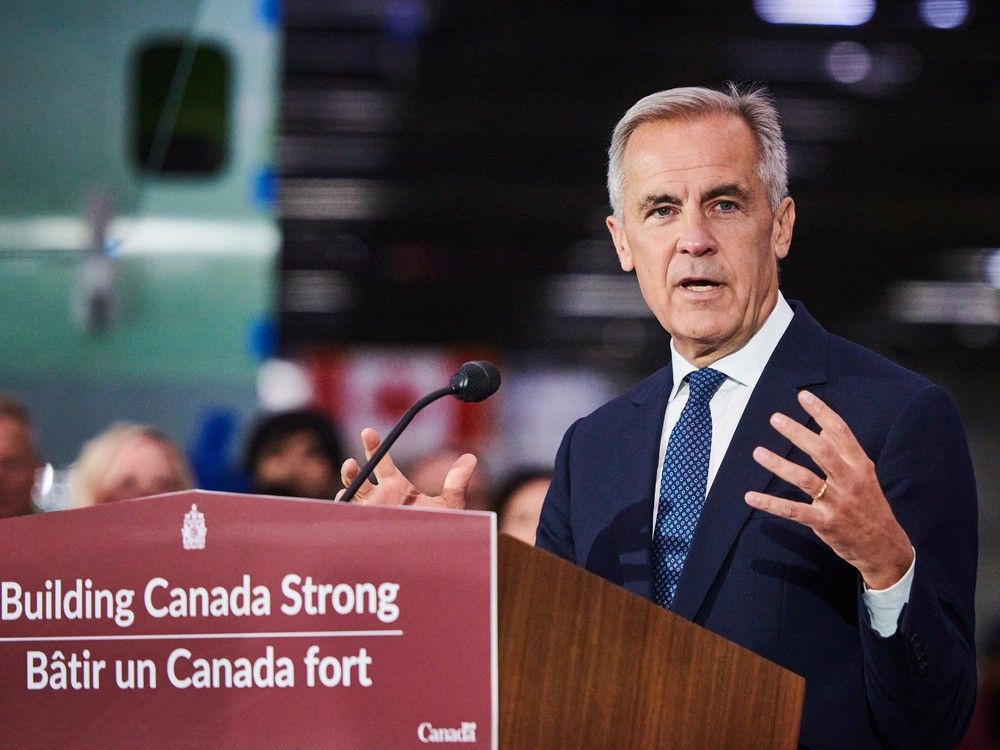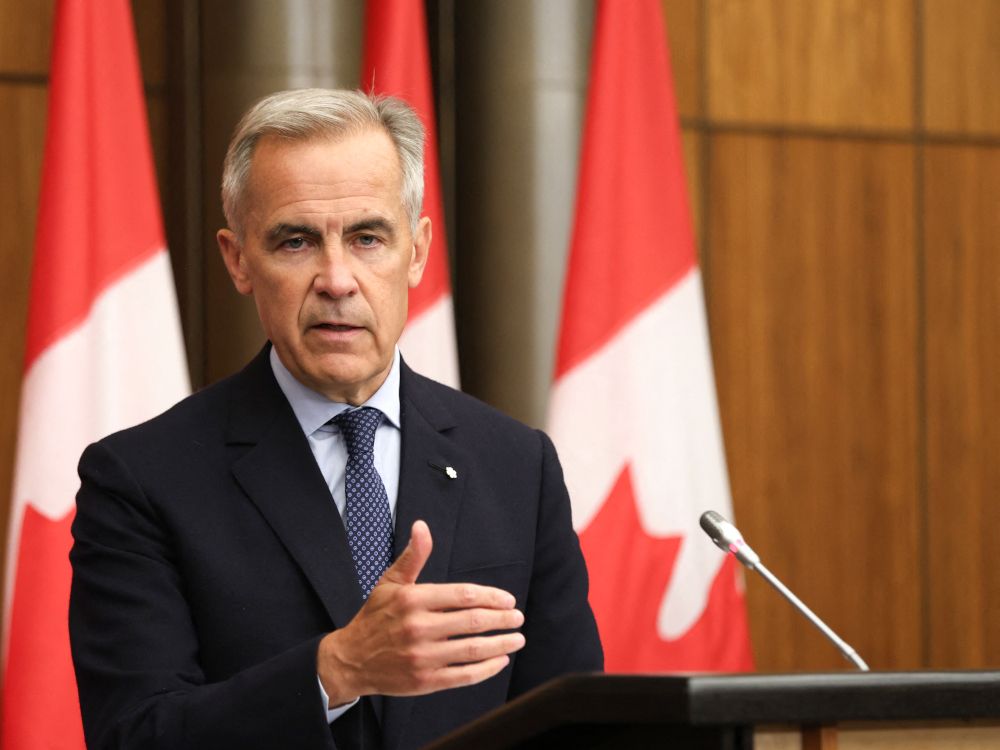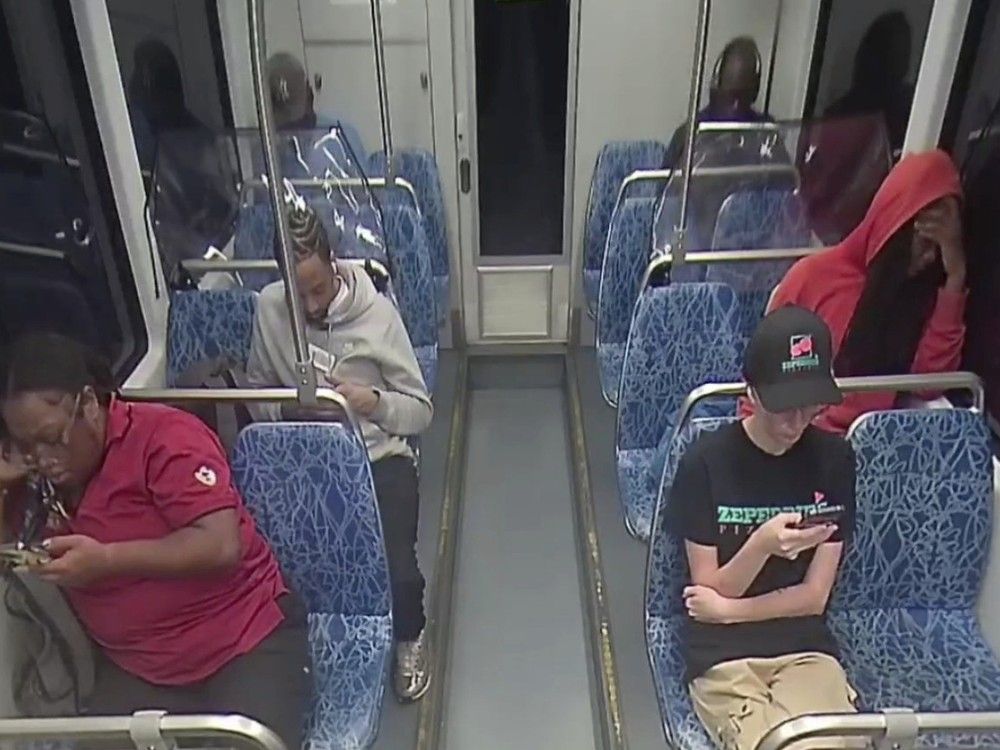
An “important minority” of young Canadians say terrorism can be justified, according to a new poll tied to the 24th anniversary of the 9/11 attacks.
The poll, conducted by Leger for Association for Canadian Studies (ACS), revealed this ideology held by one in five Canadians under the age of 25. They likely “believe that the architects of terrorist attacks are themselves victims, and as such, they may conclude that the ends justify the means in pursuing the objective, however they choose to interpret it,” ACS president and CEO Jack Jedwab told National Post over email.
This kind of belief has gone hand in hand with
rising antisemitism in Canada since the October 7
terrorism attack in Israel. On Oct. 7, 2023, Hamas terrorists killed 1,200 Israelis, taking 250 hostage and igniting a war in the Middle East. A number of
have been held in Canada since, and several
anti-Israel encampments popped up on Canada’s university campuses
.
A year after October 7, Samidoun, also called the Palestinian Prisoner Solidarity Network, was
in Canada. It was one of the main organizers of anti-Israel protests in the country.

October 7 and the Israel-Hamas War have “likely had an important impact in reinforcing this perception” that terrorism can be justified, said Jedwab.
“There has been a considerable decline in trust of Israel, especially amongst younger Canadians and Americans, and a rise in levels of trust of Hamas as reflected in several recent surveys,” he said. One such
survey released last week in the United Kingdom
, conducted by YouGov, found that one-fifth of young people believe the Hamas attack was justified.
However, an overwhelming majority of Canadians — nine in 10 — did agree that acts of terrorism can never be justified.
The poll also found that more than two-thirds, or 68 per cent, of Canadians think that Canada should cooperate more closely with the U.S. in efforts to prevent terrorism. This was “somewhat of a surprise” to Jedwab, “given the current state of the relationship.”
“But it reflects a sufficiently shared degree of concern with Americans … so as to ‘trump’ other important areas of divergence between us,” he said.
The poll was taken ahead of the 24th anniversary of the
, when nearly 3,000 people were killed in the United States. The attack, on Sept. 11, 2001, was carried out by Islamist extremist group al-Qaida. A total of four airplanes were hijacked, two of which were flown into towers at New York City’s World Trade Center. Another airplane was flown into the Pentagon in Arlington, Va. The fourth crashed into a field in Pennsylvania after passengers fought back against the hijackers.

The poll surveyed 1,627 Canadians online between Aug. 29 and Aug. 31. It found that most Canadians believe the threat of terrorism in Canada is currently increasing.
Overall, nearly half, or 46 per cent, of Canadians polled said yes when asked if they thought the threat of terrorism was on the rise in Canada. Residents of Quebec were the least likely to agree with that statement. Only 35 per cent of Quebecers said they felt that terrorism was increasing. Manitoba and Saskatchewan were the other provinces where less than half of residents, or 43 per cent, believed terrorism was rising.
Meanwhile, 53 per cent of residents of Atlantic Canada — New Brunswick, Newfoundland and Labrador, Nova Scotia, and Prince Edward Island — thought terrorism was escalating, as did roughly half of residents from Ontario (51 per cent), Alberta and B.C. (both at 47 per cent).
The majority, or 84 per cent, of Canadians who were polled said they were knowledgeable about 9/11.

Even though younger Canadians, aged between 18 and 24, were considered the least knowledgeable group, 68 per cent of them still said they knew about the events of the attack. Those between the ages of 35 and 44 knew the most about 9/11, with 91 per cent of them saying they had “good knowledge” of it. There was still a small group of Canadians — about one in five under the age of 35 — who said they did not.
The 9/11 attacks “were the catalyst for 21st century domestic and foreign policies addressing the threat of terrorism,” according to the report that included the results of the poll. Although the attacks occurred in the United States, many Canadians felt the ramifications, with
changes to air travel protocols and border security
.
The ACS poll also surveyed 1,114 Americans within the same time frame. It found that nearly 60 per cent of Americans believed terrorism was on the rise in the U.S. The majority of Americans, or 71 per cent, said acts of terrorism can never be justified, although citizens under 40 were less certain.
Canadians from the Northwest Territories, Nunavut and Yukon were not included in these results. According to the pollster, for comparative purposes, a probability sample of 1,627 respondents would have a margin of error of ±2.52 per cent, 19 times out of 20 and a sample of 1,114 respondents yields a margin of error of ±3.9 per cent, 19 times of our of 20.
Our website is the place for the latest breaking news, exclusive scoops, longreads and provocative commentary. Please bookmark nationalpost.com and sign up for our daily newsletter, Posted, here.









